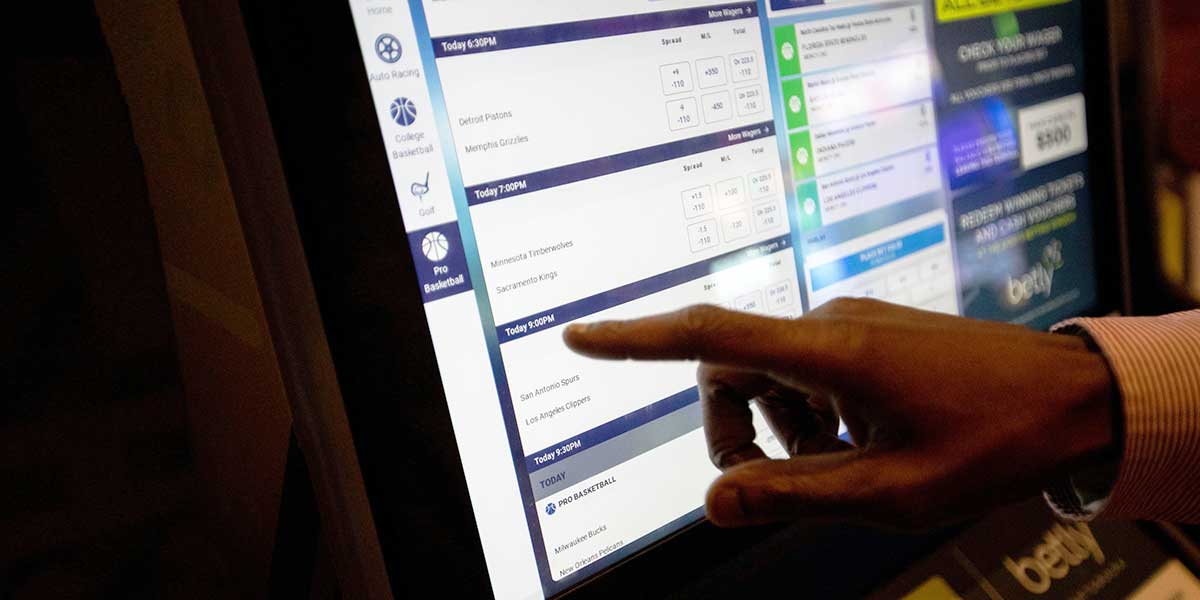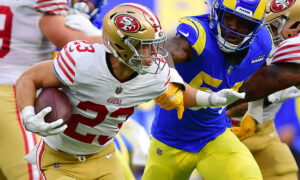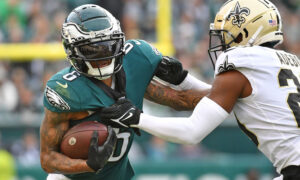What is Over/Under?
 One of the best innovations in the sports betting industry was the invention of the over/under bet. This option gives bettors more betting flexibility by letting them wager on the game without worrying about the outcome.
One of the best innovations in the sports betting industry was the invention of the over/under bet. This option gives bettors more betting flexibility by letting them wager on the game without worrying about the outcome.
Over/under betting, or total betting, is among the most popular options in major professional sports wagering. For many casual bettors, over/under-betting is less important than wagering on spreads or money lines. However, understanding totals and focusing on them more than point spreads for sharp bettors can lead to higher profits.
Over/Under Betting
The over/under, or total, is a number set by the bookmaker on the total amount of points scored on a given game. Bettors simply need to choose whether the number of points scored in the game will be over or under the total set by the sportsbook.
The total is made with the combined scores of both teams. With the recent explosion in the online sports betting industry, totals markets have increased and offer many variations. Bettors can now wager on everything from the first half, second half, quarters, 5-inning, period, and individual team totals in many sports.
Betting on totals is simple and much easier to understand than point spread or moneyline wagering. Bettors have two options when betting the over/under. It doesn’t matter which team wins with this type of bet, with the focus only on predicting the number of points scored.
For example, a contest between the Patriots and Bengals has a total set of 43 points, with odds of -110 on both sides. If the result of the game is 44 or more points, a bet of $110 on the over will result in a $100 profit, while a bet on the under would be a loser. If the total number of points is exactly 43, the wager would be graded a push, and bettors on both sides would get their stake refunded.
Half-point Totals
If a game has the total set by the bookmaker at 43.5, the possibility of a push is eliminated. An over/under with a half-point, also known as a “hook,” will always end with either an over or under win.
Since no half-points are awarded in any sport, there is no possibility of a push. Therefore, if the game ends with 43 points, bettors on the under would win their wagers. Likewise, bettors on the over would win if the game finished with 44 points.
Overtime
Bettors must know that in U.S. sports markets, the total always includes overtime or extra periods. This is different from European 1×2 betting markets in soccer, where totals only include scoring in regulation, not in any extra period. For all U.S. sports, overtime or the extra period is always considered in the final score unless stated otherwise.
Moneyline Odds Movement
Bettors must always pay attention to the moneyline odds attached to any over/under wager. These odds will change depending on the sportsbook. For example, the juice on an NFL over/under of 43 is -110 for both sides of the wager. However, bettors will often see these odds change without noticing a difference in the actual number.
For example, instead of -110 on both sides of the total of 43, the bettor may see odds of -115 for the over and -105 for the under. This means bettors on the over need to risk $115 to win $100, while bettors on the under only need to bet $105 to win $100.
Adjusting the juice on over/under markets is very common and can be seen on every online sportsbook. This is especially true in low-scoring sports like baseball and hockey.
However, it’s sometimes tricky for the bookmaker to move the totals where they need to without causing a massive shift in the action. So instead, the bookmakers leave the totals the same and shift the payout amounts on each side.
For example, in soccer, the over/under is almost always at 2.5. So, if the bookmaker thinks the game may score much higher, they could change the odds to -170 for a bet on the over and +150 for the under, making the profit much less if the bookmaker’s assumption was correct and also limiting its losses.
Other Helpful Reads





















